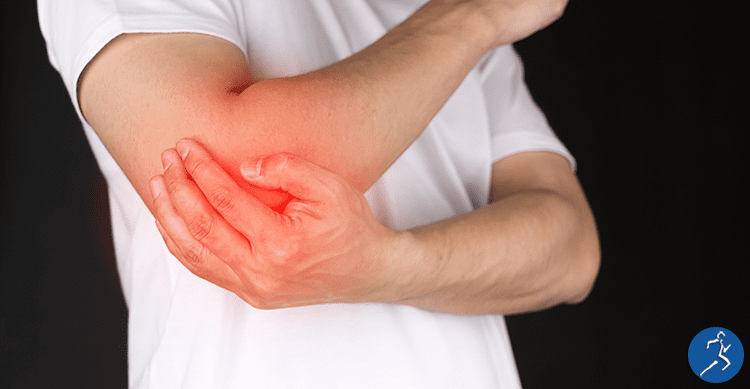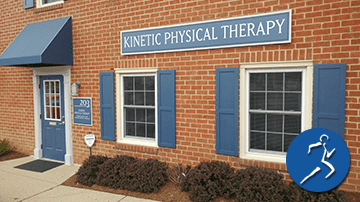Lateral epicondylitis, commonly referred to as tennis elbow, is a painful condition of the elbow joint and forearm which is caused by overuse. While you can certainly get it from playing tennis or racquetball, several other sports or activities, involving repetitive motion may put you at risk. So, what is tennis elbow? How is it treated? Can it be prevented? Is surgery required? Read on for the answer to those questions, and more!
What is tennis elbow?
Tennis elbow is a form of tendinitis or a swelling of the tendons. Tendons are bands of rugged tissue that connect the muscle to the bone. According to the American Academy of Orthopaedic Surgeons (AAOS), the ECRB muscle and tendon is the culprit behind tennis elbow. The repetitive motion of the elbow and overuse of the lower arm muscles can cause inflammation of these tendons.
You may experience pain or burning sensation on the outer part of your elbow, or a weakened grip. It leads to pain and tenderness on the outside of the elbow. And, while you may never spend a day on the tennis court, many other activities can put you at risk.
What activities put me at risk of developing tennis elbow?
Any recurring hard gripping activities, especially involving the thumb and forefingers may cause lateral epicondylitis. While tennis may be the most common reason, other specific actions such as chopping wood, painting, carpentry, sailing, playing musical instruments, may be to blame. Tennis elbow can occur at any age but is most common in adults 30-50.
How is tennis elbow diagnosed?
First, your general practitioner will ask you to fill out a health assessment. Be specific about any and all activities you do on a frequent basis. You may be surprised as to what could be causing your pain. Also, be sure to tell the doctor if you ever suffered injury to your arm, or have a history of rheumatoid arthritis or nerve disease. Next, is the physical exam. One test you may can expect is for your doctor to ask you to try to straighten your wrist and fingers against resistance with your arm straight. He will ask if it causes pain. Additionally, your doctor may recommend additional tests to rule out other causes of your problem:
• X-rays to get a good look at your bones to rule out stress fractures.
• MRI to check your soft tissue and rule out any related causes of the shoulder, neck and spine or arthritis.
• EMG to rule out nerve compression.
How is tennis elbow treated?
The good news is that according to the (AAOS), 80-95 percent of patients find non-surgical relief. The best treatment for tennis elbow involves a holistic team approach. Together with your primary doctor and physical therapists, the hope is to avoid surgery. However, if surgery is inevitable, the protocol should include pre and post-operative recovery and strengthening. Further, if you are an athlete, as you recover, you may want to work with your coach or trainer on methods to fine-tune your technique. That way, you will avoid recurring injury.
If you have been diagnosed with tennis elbow, we can help! The staff at Kinetic PT has made measured success with our patients suffering from this condition. We strive to create a customized program to benefit your unique needs. Contact us today to schedule an evaluation.




Leave a Reply
You must be logged in to post a comment.